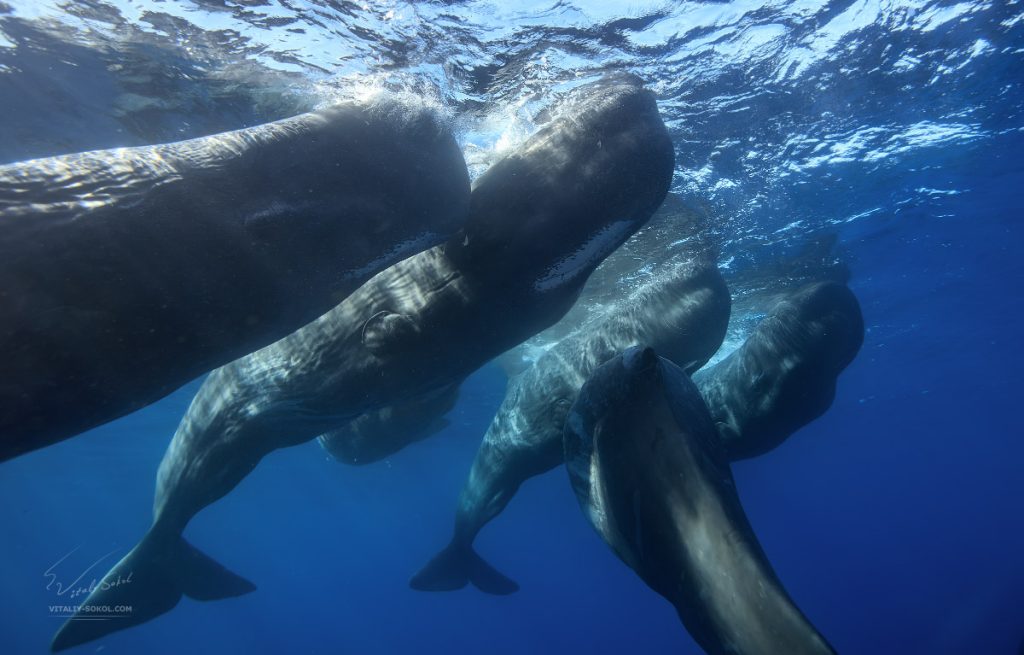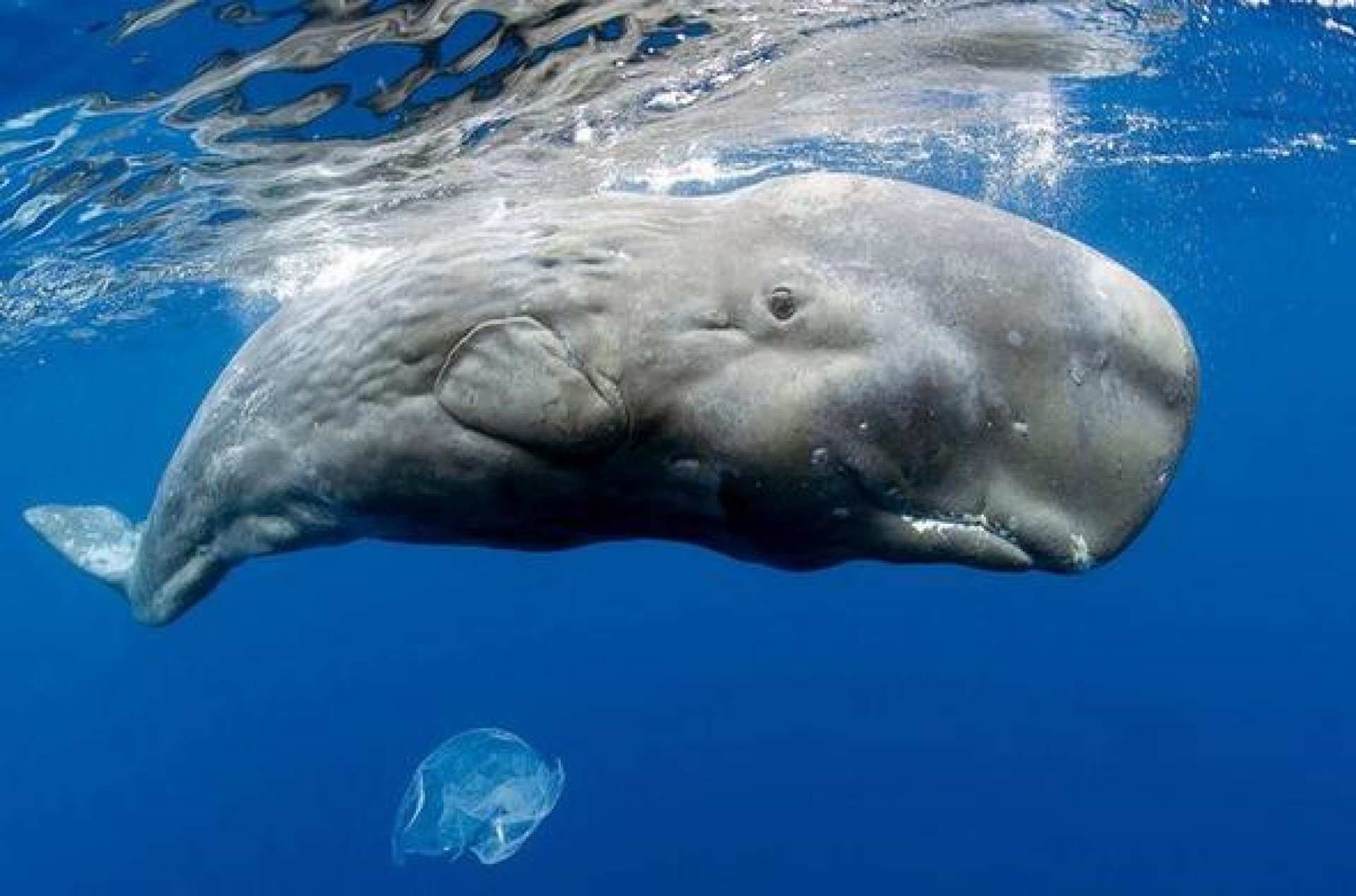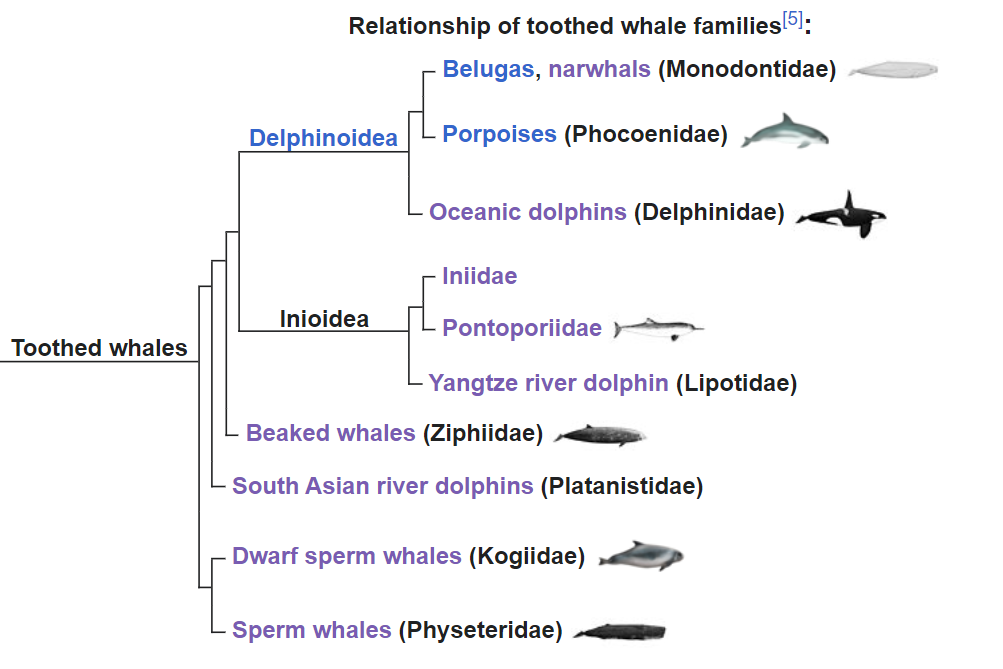Researchers have found that sperm whales decide on which way to turn democratically. While these whales only socialize with members of their own clan. You might think that this might restrict them, but generally clans have 20,000 females, making these groups huge (one of the distinguishing marks of the clan is by vocal dialects – which may end up as symbolic markers of the clan identity).
When travelling in a group they can take over 1 hour to decide which way to turn. These groups can be extremely large, and yet decide things together. Decisions like direction and speed of travel and also when to feed. While it is not clear how they reach consensus or how they “speak” to each other, it is clear that decisions are made together.




